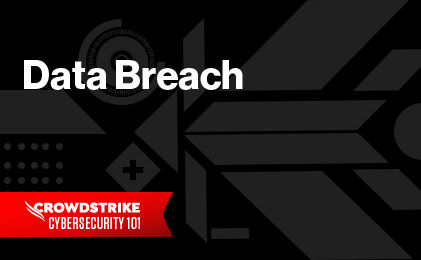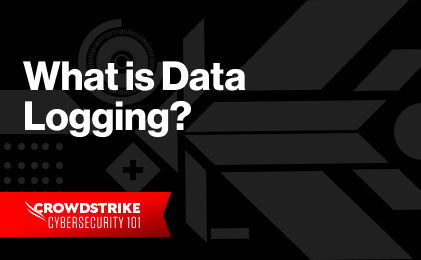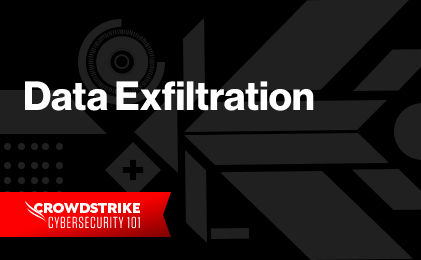What is data obfuscation?
Data obfuscation is the process of disguising confidential or sensitive data to protect it from unauthorized access. Data obfuscation tactics can include masking, encryption, tokenization, and data reduction. Data obfuscation is commonly used to protect sensitive data such as payment information, customer data, and health records.
Data obfuscation techniques
Data masking, encryption, and tokenization are three common data obfuscation techniques. Each type has strengths in protecting against destructive malware. Familiarizing yourself with data obfuscation techniques will help you protect your sensitive data—and educate you in case obfuscation is used against you.
Data masking
Data masking, or data anonymization, is a data obfuscation technique whereby sensitive data like encryption keys, personal information or authentication tokens and credentials are redacted from logged messages. Data masking changes the value of data while using the same format for the masked data.
Two major differences distinguish data masking from other types of data obfuscation. First, masked data is still usable in its obfuscated form. Second, once data is masked, the original values cannot be recovered.
Data masking takes many forms, including scrambling, substitution, shuffling, date aging, variance, masking out and nullifying. Furthermore, the masking technique can be carried out differently based on the data type and purpose. Static data masking generally works on a copy of a production database while dynamic data masking maintains two sets of data in the same database—the original data and a masked copy.
Data encryption
Data encryption protects data by converting plaintext to encoded information, called ciphertext, which can only be accessed through decryption with the correct encryption key. The pros of encryption are increased security and privacy, but the cons are that this technique requires detailed planning and maintenance. Note that some data loss prevention solutions can enable encryption. The two primary types of encryption are outlined below.
Symmetric encryption: In this type of encryption, the encryption and decryption keys are the same. This method is most commonly used for bulk data encryption. While implementation is generally simpler and faster than the asymmetric option, it is somewhat less secure in that anyone with access to the encryption key can decode the data.
Public key cryptography: Also called asymmetric encryption, this encryption scheme leverages two keys—a public and private authentication token—to encode or decode data. While the keys are linked, they are not the same. This method provides enhanced security in that the data cannot be accessed unless users have both a public, shareable key and a personal token.
Tokenization
Data tokenization is the process of substituting a piece of sensitive data with another value, known as a token, that has no intrinsic meaning or value. It renders data useless to an unauthorized user. The pros of data tokenization include ease of compliance and decreased internal data maintenance responsibility. The main con is its complexity; data tokenization requires a complicated IT infrastructure and relies on support from third-party vendors.
Benefits of data obfuscation
- Improved Data Security: Obfuscating data makes it harder for malicious actors to access and misuse sensitive information. By obscuring data, organizations can protect their critical information from potential breaches.
- Reduced Risk of Regulatory Fines: Data obfuscation can help organizations comply with data privacy regulations and avoid hefty fines.
- Improved Data Sharing: Data obfuscation enables organizations to share data with third parties without compromising the privacy of its customers or employees.
- Reduced Data Storage Costs: By reducing the size of datasets through data obfuscation, organizations can reduce the cost of storing and managing data.
- Improved Data Analysis: Obfuscated data can provide insights into larger datasets that may not be accessible otherwise. This can help organizations better understand customer behavior or detect patterns in large datasets.
Challenges of data obfuscation
Data obfuscation is not without its challenges. Planning is often the greatest challenge as it requires time and resources. Implementing data masking can require significant effort due to its customizability. Encryption can obfuscate structured and unstructured data, but encrypted data is difficult to query and analyze. Tokenization becomes increasingly difficult to secure to scale as the amount of data increases.
Threat actors also use data obfuscation maliciously. Today almost all malware uses obfuscation to hinder analysis and try to evade detection. One of the most tedious tasks in malware analysis is getting rid of the obfuscated code. Attackers may render data inaccessible through data encryption, and recent threats have left compromised systems inoperable through data wiping. While the benefits of data obfuscation provide organizations peace of mind and confidence around data privacy and data security, the same obfuscation technique becomes a significant hindrance when used in cyberattacks.
Data obfuscation best practices
Implementing your own data obfuscation strategy typically follows the four-step process of identifying sensitive data, testing obfuscation methods on practice data, building the obfuscation and testing again on relevant data before deploying. Below are some best practices to follow.
- Unify your organization: Include stakeholders of your data security efforts and seek buy-in.
- Identify sensitive data: Determine the data you need to protect and note its location(s), authorized users, and their usage.
- Narrow down your preferred data obfuscation techniques: Make sure you understand the available types of data obfuscation. Test how different obfuscation methods impact data application.
- Define obfuscation rules: Build the obfuscation and practice with test data. Choose purpose-driven methods. Use irreversible methods and repeatable techniques.
- Secure your data obfuscation techniques: Establish required guidelines and regulatory requirements such as data privacy regulations, policies and standards.
- Define an end-to-end obfuscation process: Monitor your system and audit techniques to ensure your data obfuscation is working. Keep in mind new options.







